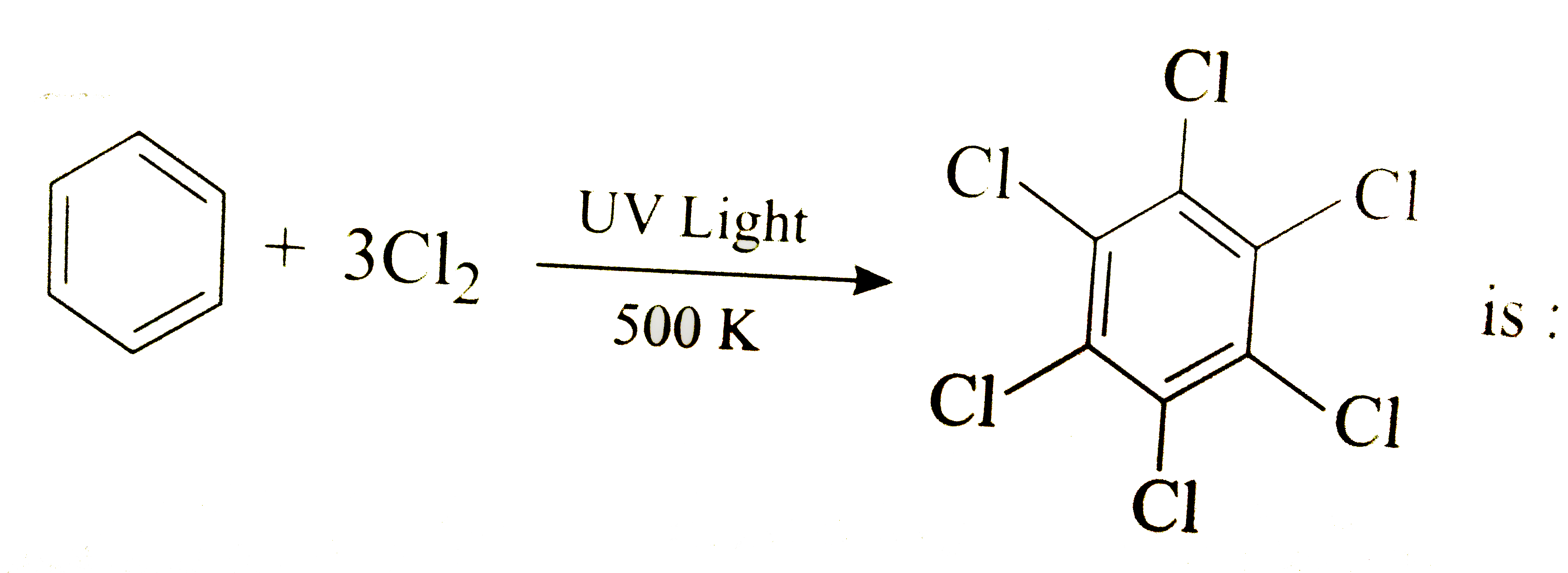An enzyme is kept at -10∘C for 3 minutes and is used in a chemical reaction (P). It is then gradually brought to room temperature. It is now used in a chemical reaction (Q). Another enzyme is kept at 80∘C For 5 minutes and is used in chemical reaction (R). It is then gradually brought to room temperature. It is now used in a chemical reaction (S). Which of these reactions will be catalyzed by enzyme and which will not?
Reactions in which products are formed : P and R. Reactions is which products are not formed Q and S
Reactions in which products are formed : Q and S. Reactions is which products are not formed P and R
Reactions in which products are formed : P, R and S . Reactions in which products are not formed Q only
Reactions in which products are formed : Only Q . Reactions in which products in which products are not formed : P , R and S
The correct Answer is:D
Step by step video, text & image solution for An enzyme is kept at -10^@C for 3 minutes and is used in a chemical reaction (P). It is then gradually brought to room temperature. It is now used in a chemical reaction (Q). Another enzyme is kept at 80^@C For 5 minutes and is used in chemical reaction (R). It is then gradually brought to room temperature. It is now used in a chemical reaction (S). Which of these reactions will be catalyzed by enzyme and which will not? by Biology experts to help you in doubts & scoring excellent marks in Class 12 exams.
Updated on:21/07/2023Topper's Solved these Questions
Similar Questions
Knowledge Check
The chemical reaction,
 Aan addition reactionBan elimination reactionCa substitution reactionDrearrengement reaction
Aan addition reactionBan elimination reactionCa substitution reactionDrearrengement reactionThe symbols are used in a chemical reaction to
AMake the equation look niceBMake the equation informativeCTo satisfy the balancing standardsDAll of the aboveIn a chemical reaction, enzymes catalyze the reaction by
Alowering the activation energyBincreasing the activation energy.Cdecreasing the free energy change between reactants and products.Dincreasing the free energy chain between reactants and product.
